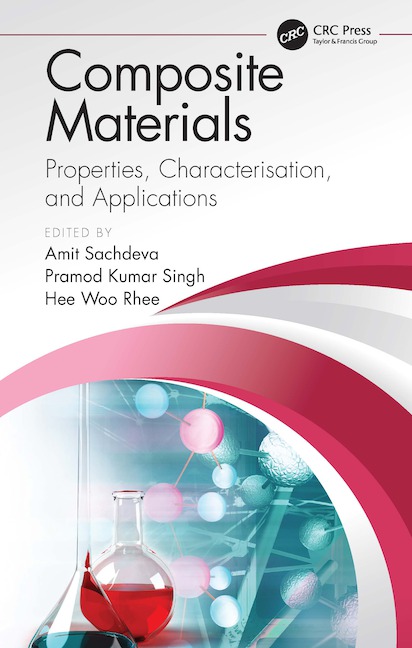Plasma-Sprayed Coating Offers Electronic Shielding to Composite Components

Composite materials continue to develop their appeal across a wide range of industries, with demand in motorsport remaining strong. Race car engineering and technology developments encourage the use of lighter, more resilient composite materials for a wide range of vital components. But for all of their merits, there are inherent flaws for composites placed in more volatile automotive applications, namely a low melting point, high flammability, poor abrasive resistance and relative transparency to electromagnetic interference.
UK-based technology firm, Zircotec, has set out to show that these shortcomings needn’t hold designers back from using composites more widely, with a range of plasma-sprayed coatings that enhance composite materials beyond their traditional limitations.
Plasma spraying uses a high-temperature flame. Zircotec feeds powder feedstock into the flame, which then becomes molten and is blasted at the substrate at twice the speed of sound. When it hits the substrate, the processes acts like it is welding to the substrate. The feedstock flattens out and cools and solidifies into what’s called a splat. Zircotec builds up layers of splats to give the coating properties required.
The latest development is a coating that aims to dramatically increase the radio frequency (RF) and electromagnetic interference (EMI) shielding of composite panels, improving the versatility of the material while saving considerable weight over traditional metal shielding and multi-layering techniques. Named the Electro Magnetic Compatibility coating, or EMC for short, this process shows promise for future advancements not only in the automotive sector, but also in defence, aerospace and marine applications worldwide.
EMI can hinder the accuracy of transmitted data, which could result in anything from minor data monitoring nuisances and running problems to complete failure of safety-critical systems. Such potential risks previously meant composites had to be fitted with metal shielding in many electrical and electronics applications, negating the weight and package advantages the material offers.
Innovative Coatings to Increase Composite Versatility
Zircotec has been developing its ceramic-based zirconia heat-insulating coatings for motorsport applications since 1994, and clients now include front-running NASCAR and Le Mans teams, not to mention 10 out of the 11 Formula 1 teams in 2014. Evolving from its advanced heat-insulation processes, the EMC coating is both lightweight and highly adhesive, being effectively welded in place using a unique ThermoHold technology. Zircotec has worked extensively with composite materials to develop an unrivaled knowledge of bonding techniques, regardless of the components’ construction and nature.
The plasma-sprayed coating consists of an electrically insulated sub-layer below an aluminium-based topcoat, which gives effective RF and EMI insulation without undesirable weight increases that many have come to expect from traditional shields. Zircotec has developed its advanced coating techniques to enable a thickness of just 0.1mm, making it especially appealing for motorsport and aerospace applications where weight is crucial. In addition, the coating is suitable for both thermosetting and thermoplastic composites, and the potential uses for this process are widespread.
“Traditionally, composites have proved unsatisfactory in electronics applications,” explains Zircotec’s Managing Director Terry Graham. “They are virtually transparent to radio frequencies, and their low resistance to EMI has often held engineers back when it comes to housing electronics within composites. Now there’s potential to build housings such as interface control units and junction boxes from lightweight composites, and it also allows greater freedom for the routing of wiring around a car, for example.”
Award-Winning Technologies
The highly durable, chemically-resistant coating also lends itself to high-performance aerospace applications where space is at a premium. It’s already proved successful in the motorsport industry, where a recent rise in the use of hybrid electric power systems led to incredibly tight packaging restraints and a reliance upon sensitive electronics. It is likely that similar technologies will soon become commonplace within the general automotive sector, as hybrid developments trickle down from the upper tiers of motorsport to road-going production vehicles.
Recognizing the merits of Zircotec’s high-tech achievements, the trade body for the UK composites industry, Composites UK, recently selected the new EMC coating as its overall winner of 2014 Innovation in Materials Award. The award realized the broad scope of applications that will be able to benefit from increased levels of electrical insulation using space and weight-efficient composites.
Looking for a reprint of this article?
From high-res PDFs to custom plaques, order your copy today!




